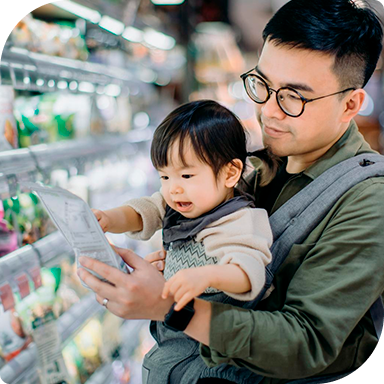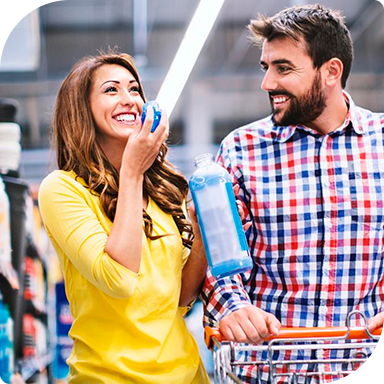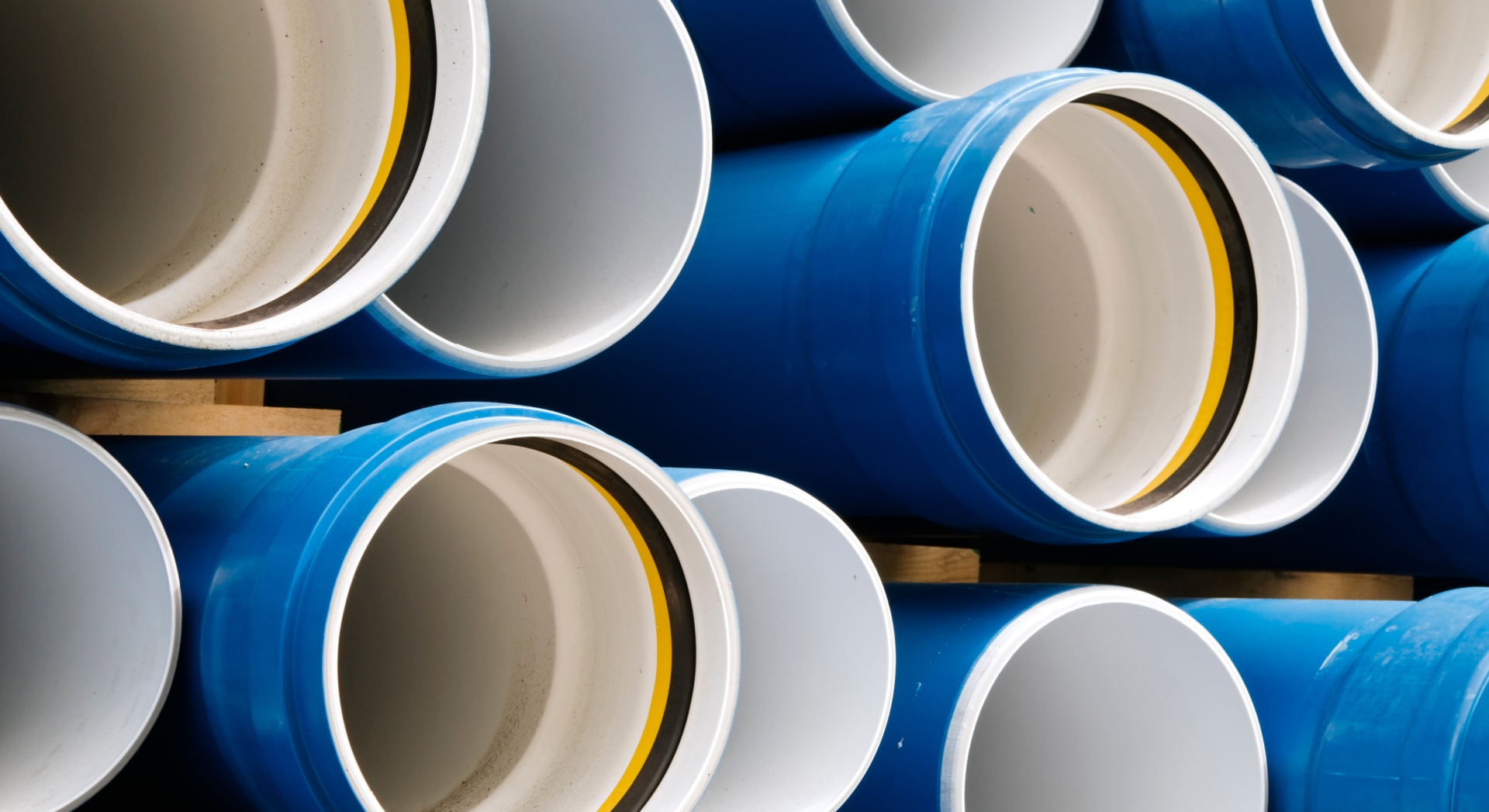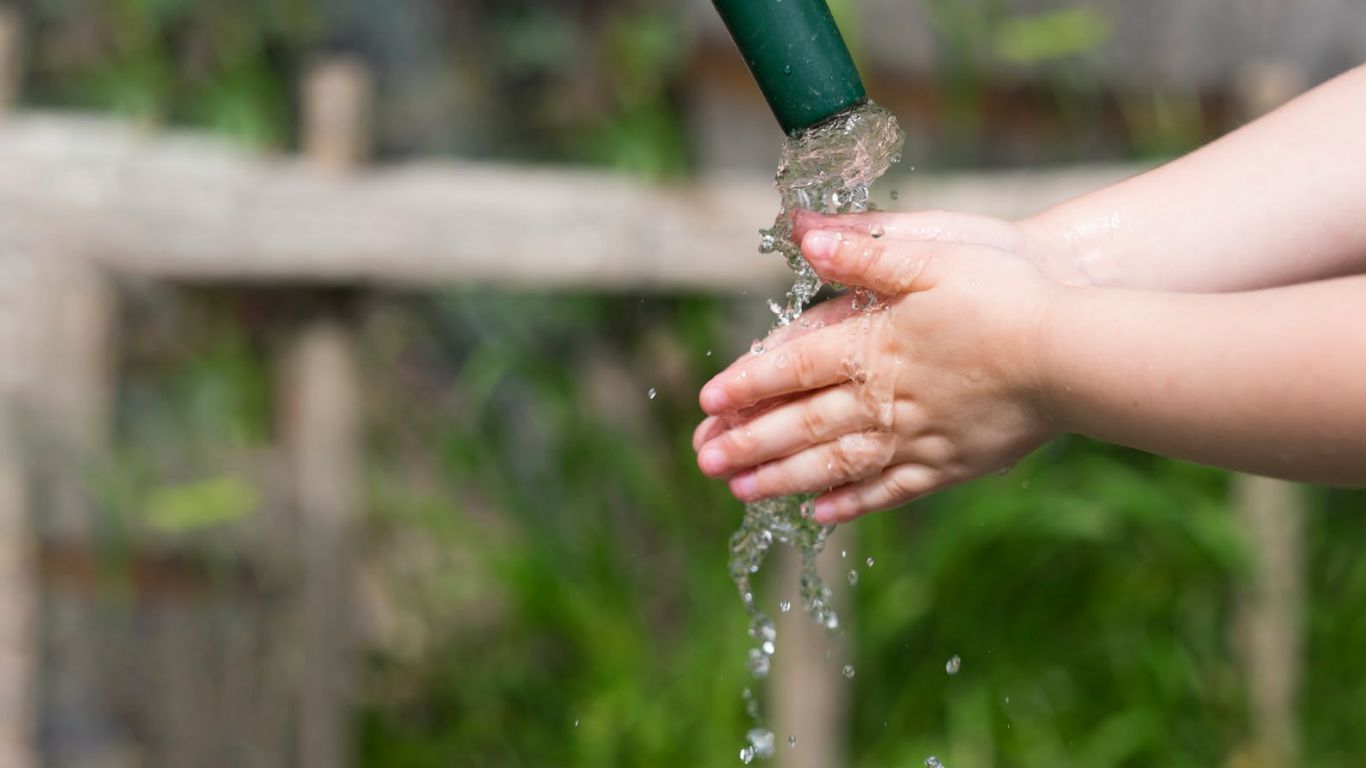
The basics are essential
Universal access to potable water and sewage collection is one of the main indicators of a country's quality of life.
Brazil still faces major challenges in this field. According to data from the National Sanitation Information System (SNIS), almost 100 million Brazilians do not have access to sewage collection and 35 million citizens do not receive treated water, which leads to thousands of hospitalizations every year.
The Sanitation Legal Framework, approved in 2020, is one of the initiatives to try to change this scenario. The law establishes procedures, parameters and targets for a series of issues regarding the regulation of basic sanitation in Brazil.
The main objective is to ensure improvements in the water and sewage distribution networks, seeking to make these services universal. In addition, access to drinking water and basic sanitation is part of the UN Sustainable Development Goals (SDGs).
Sanitation
framework
goals
Increase from 53.2% to
of total citizens with access to sewage collection.
Increase from 83.6% to
the portion of the population that receives treated water.
Basic sanitation
in Brazil
Brazilians without access to sewage collection:
Brazilians without access to treated water:
Brazil treats only 50% of the sewage generated.
More than 5.3 thousand Olympic-sized pools of untreated sewage are discharged into nature every day.
Investments made in 2020:
BRL 13.7 billion
Insufficient to meet the goals of the new legal framework.
Inequality
among municipalities
in Brazil
99
.07%
of the population
in the top 20 municipalities have access to potable water networks.
Compared to
82
.52%
of the population
in the bottom 20.
95
.52%
of the population
in the top 20 municipalities have sewage collection.
compared to
31
.78%
of the population
in the bottom 20.
Investment
in the future
in Brazil
The universalization of water and sewage services reduces up to
BRL 1.45
billion
annual health costs.
Every
BRL 1
invested
in sanitation generates savings of BRL 4 with the prevention of diseases.
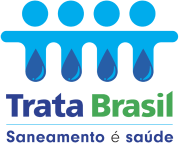
Conheça o estudo completo sobre
ESG e
Tendências no Setor de Saneamento do Brasil
:
Our responsibility
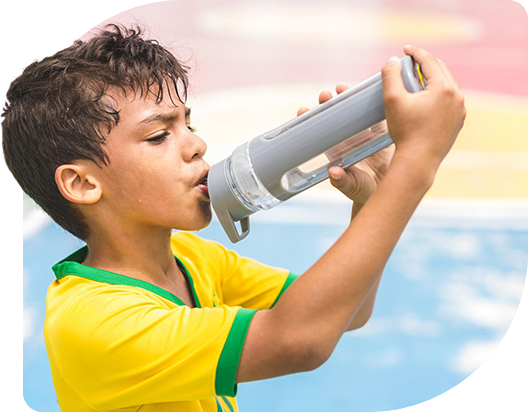
We understand our responsibility as a company. This is why we assume the role of agents of transformation in all sectors and places in which we operate. Braskem works with goals that consider the 3 dimensions of sustainable development: economic, social and environmental. These goals are part of our Global Sustainable Development Strategy and are aligned with the UN Sustainable Development Goals.
Among dozens of initiatives, we partner with companies and people involved in the plastic lifecycle to strengthen recycling and proper disposal. Thus, we transpose technical and logistical barriers to ensure proper re-insertion into the quality and quantity recycled materials chain. We also seek to promote human rights and equality in our value chain, contributing to the development of the local communities where we operate, always putting people and the environment first. Thus, through sustainable chemical and plastic solutions, we try to transform the world and society.
Our performance
Our quest to improve sanitation conditions helps improve the lives of the general population. One such initiative is the Liner project, which applied plastic lining solutions to ensure water-tightness and repair cisterns in the Brazilian semi-arid region. Cisterns are a very valuable resource for millions of people who would otherwise have no way of capturing and storing the rainwater that is essential to survival during long periods of drought.
Chemistry in water and wastewater treatment
Our chemistry is also present in the chain of products used for water and wastewater treatment. Sodium hypochlorite is a safe option for handling chlorine gas at treatment plants. Hydrochloric acid, on the other hand, is the raw material for chlorinated coagulants such as ferric chloride and polyaluminum chloride.
Applications
Among the examples of applying our solutions to sanitation is PVC, which ends up playing a 60% share in water adduction works, which may exceed 75% in distribution lines, as well as in sewage collection networks. (HDPE) The use of high-density polyethylene in water and gas pipelines, branch lines, pipelines, and sewage systems is also noteworthy. Recyclability is another important advantage of using plastics in sanitation. After use, or in the event pipes are replaced, the resins can return to the production chain, closing the consumption cycle in line with the precepts of promoting a circular economy.
Benefits of plastic in sanitation projects:
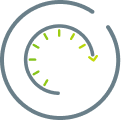 Long useful life
Long useful life
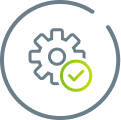 Maintaining the properties of treated water
Maintaining the properties of treated water
 leakage resistance
leakage resistance
 Ease of installation
Ease of installation
 Flexibility and lightness
Flexibility and lightness
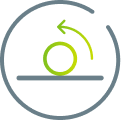 chemical and electrical inertness
chemical and electrical inertness
 Ease of handling
Ease of handling
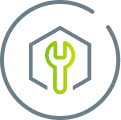 Low maintenance cost.
Low maintenance cost.
Customers
Become a Braskem customer
Braskem is one of the largest suppliers of chemical and petrochemical products in the world, recognized for its focus on sustainable development, innovation and quality.
We believe in lasting partnerships, we have a broad portfolio of products and we work together with our customers to create new practical and sustainable solutions in all markets.
Talk to our sales team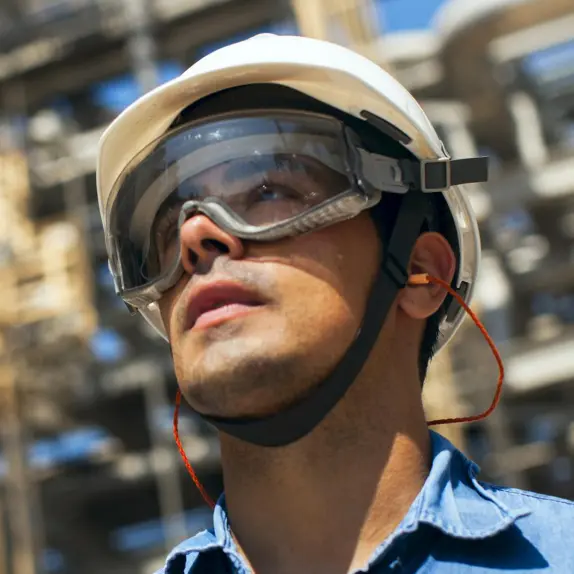
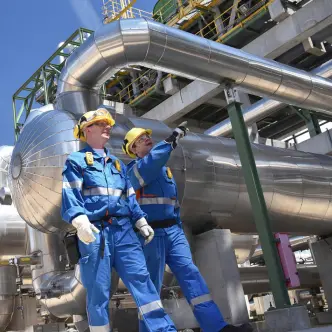

 Braskem Global
Braskem Global
 Braskem Idesa
Braskem Idesa
 Braskem USA
Braskem USA
 Braskem Europe
Braskem Europe

